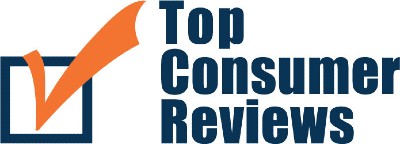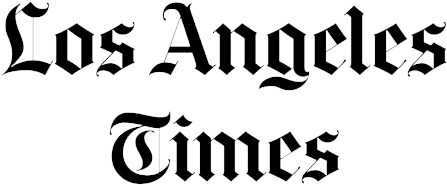LDL Cholesterol: Bad and Good Cholesterol Definition, Risks and How to Lower Your LDL With HDL
LDL cholesterol: description of bad and healthy cholesterol, dangers and how to decrease your LDL using HDL.
Your Needs
LDL Cholesterol
Contrary to what you might think, having some cholesterol is good for our bodies. It’s only when there is a higher level of LDL cholesterol (“bad”) as opposed to the HDL (“good”) that our bodies can become threatened by heart disease.
Good and Bad
HDL and LDL Cholesterol

♥ The “bad” cholesterol is called LDL, and the “good” is HDL.
♥ It is the liver in our bodies that makes the good cholesterol that creates bile salts, hormones, and vitamin D.
The trouble is cholesterol builds up on the artery walls when the level in the blood is too high, especially if it is LDL.
LDL forms plaques on the artery walls eventually narrowing them over time which then blocks blood flow.
How to Lower
How to Lower LDL Cholesterol Levels
It is saturated fats and trans fatty acids in the foods we eat that cause a rise in the bad LDL.
But monounsaturated fats and polyunsaturated fats creates the good HDL which helps lower the LDL levels by taking the excess bad cholesterol away to the liver where it is excreted.
♥ The good HDL can also help remove the bad LDL from artery walls.
Thus, high levels of HDL in the blood are a good thing as the more you have the greater the risk of heart disease is reduced.

Foods to Avoid
What Foods Increase LDL Cholesterol?
As most people know, bad cholesterol comes from eating things like fatty cuts of meat, butter, lard, cream, hard cheese, cakes and biscuits, foods containing coconut or palm oil.

Anything that has been “processed” rather than being “natural” is generally going to contain some elements of saturated fat or trans fatty acids, and therefore add to the bad cholesterol levels of LDL.
Obviously, red meats can also be “bad” if too much is taken on board regularly.
Lower Naturally
How to Lower LDL Cholesterol Naturally
♥ Good cholesterol comes from eating things like oily fish, avocados, nuts and seeds, sunflower, olive, corn, walnut and rapeseed oils and spreads, and vegetable oils.
♥ And of course, it is worth pointing out, fruit and vegetables have no cholesterol at all, and are also low in saturated fat.
Hence, every good dietician and nutritionist will recommend you eat far more fruit and veggies to maintain general good health.
In fact, most governments these days (in the western world at least) make great efforts to encourage its citizens to eat more fruit and vegetables, for not only are cholesterol levels reduced, but blood pressure is too.

Reducing the total amount of fat we eat is also a good step in cutting back on LDL cholesterol.
That can be achieved by adopting alternative cooking methods such as microwaving, steaming, poaching, boiling or grilling rather than roasting or frying.
♥ Also, eating more soluble fiber will assist in eliminating bad cholesterol.
♥ Good sources of soluble fiber include oats, beans, peas, lentils, chickpeas, as well as fruit and vegetables.

We Can Help
Lower Your LDL Cholesterol
If you are worried about cholesterol in your diet or your LDL, then check out changingshape.com for more advice, or better still sign up to their health and exercise plan to help achieve and maintain a healthier you.
Changingshape.com has been helping people lose weight and improve their lifestyles for years.
With a dedicated team of professional fitness coaches and experts in nutrition, changingshape.com takes huge pride from the careful customized healthcare diet plans and one-to-one service and support they extend to their clients.
Help Me
The Best Meal Plan App
Using the latest science and research, the team at changingshape.com offer plans developed by certified nutrition and fitness professionals that shape exercise and meal plans based on the specific calories and nutrients a body needs to achieve real results. Join the changingshape.com calorie counter app free today.




